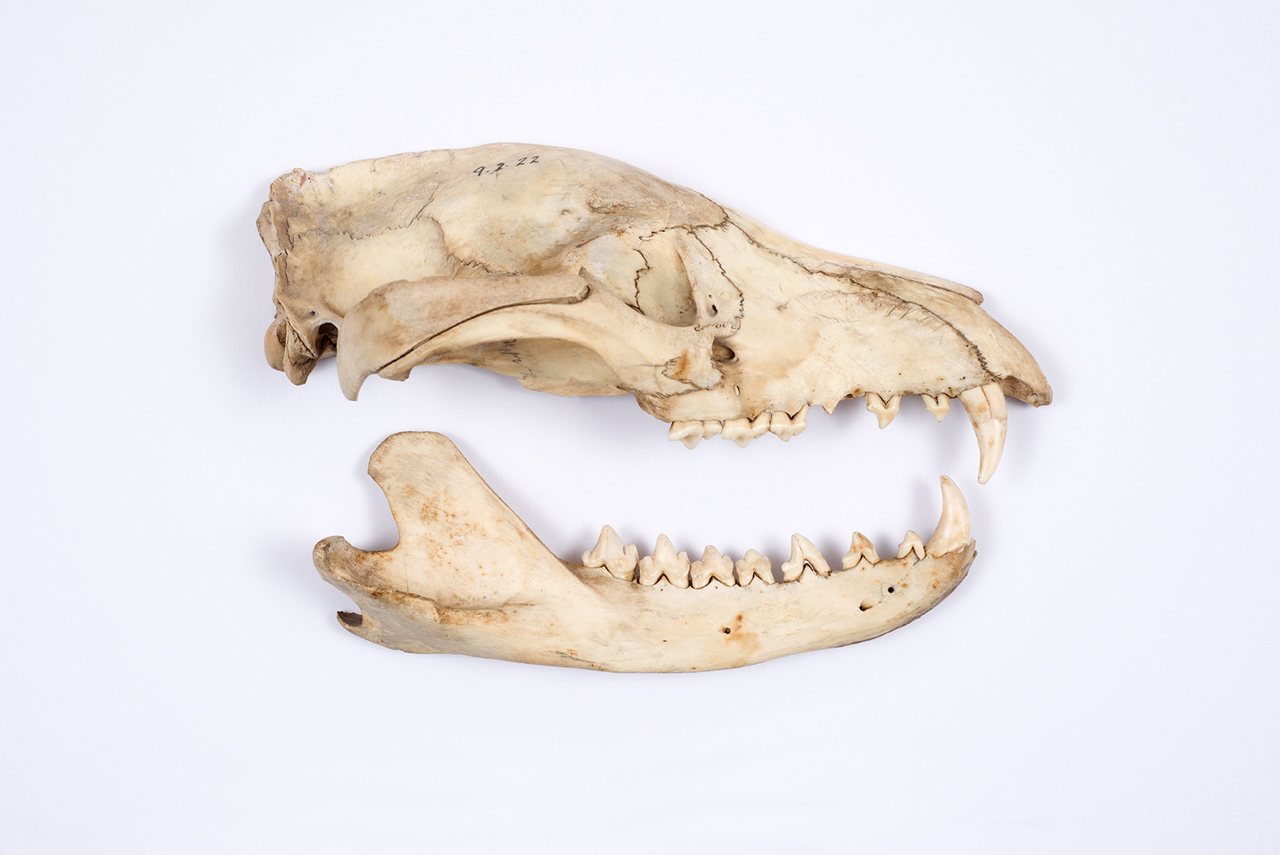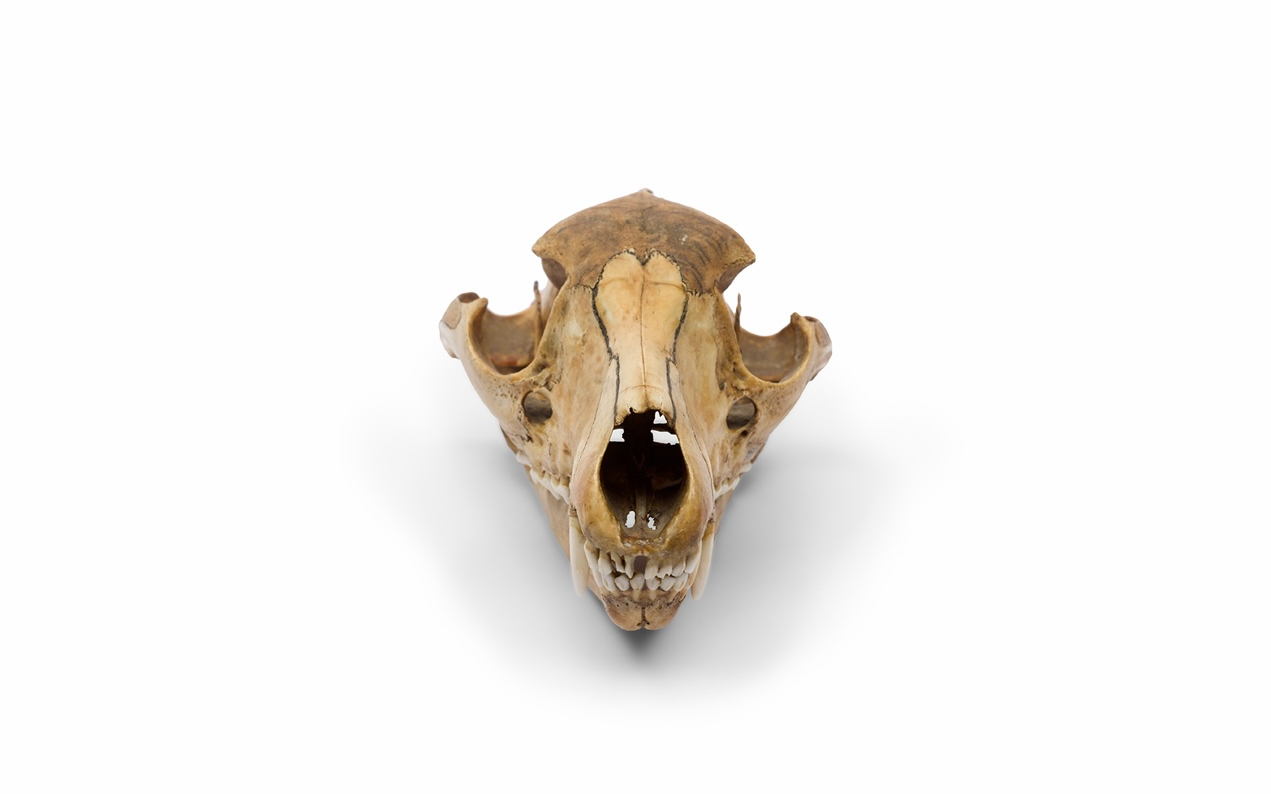By Rohan Long
Published on July 25, 2024
The last known thylacine or Tasmanian tiger (Thylacinus cynocephalus) died in Hobart’s Beaumaris Zoo on the 7th of September 1936.
The story goes that the last surviving member of the species died of neglect, an evocative end to a story of human callousness and the devastating effects of colonialism.

The Tasmanian tiger with its dog-like body and stripes has since become an icon of extinction, appearing on everything from the Tasmanian coat of arms to beer bottles.
Questionable eyewitness reports notwithstanding, the only contemporary physical presence of these animals is in museums.
Due to the obvious impossibility of finding any new thylacine specimens, there has been increasing interest in documenting, analysing and rediscovering thylacine remains in museum collections.
There is in fact an International Thylacine Database project which aims to document every single thylacine specimen in museum collections around the world.

Sciences & Technology
Miss Lambert’s Thylacine skull
The database lists 803 known specimens, of which just under three quarters are held by Australasian institutions. These are mostly found in state museums, and the collections of the University of Sydney.
And there have been some amazing discoveries.
In 2013, four young thylacines (likely still in the pouch when alive), preserved in alcohol in an antique glass jar were rediscovered in the zoological collection of Charles University in the Czech Republic.
Five years later, the National Museum of Australia purchased an exceptionally well-preserved thylacine skin for $AU250,000 which was found in the previously unknown private collection of New Zealand natural history collector, Archibald Robertson.
Which begs the question – are there other undocumented thylacine specimens still out there? And where are we likely to find them?
Due to their age, location and the collecting practices of the time, the teaching collections of Australia’s oldest universities offer a source of undocumented thylacine specimens.
Although little known to the public (and many staff and students), the University of Melbourne holds over 30 museum collections within various faculties and departments.
Within the collections of the Harry Brookes Allen Museum of Anatomy and Pathology, Henry Forman Atkinson Dental Museum, and Tiegs Zoology Museum, the University holds five thylacine skulls.
My research, published in Australian Zoologist, has provided detailed studies of these skulls for the first time.
The five thylacine skulls were added to the University’s collections between 1893 and 1932, all were donated. But bear in mind, at the time, thylacines were just uncommon rather than extinct.
I was also able to find out where three of the skulls were collected – one at Lake Saint Clair near Tasmania’s Cradle Mountain, Woolnorth in the state’s north west, and south of Cressy.
Two of the five skulls were collected by trailblazing women scientists, biologist and academic Ada à Beckett (nee Lambert) and zoologist, Janet Raff.
The specimen from the Harry Brookes Allen Museum of Anatomy and Pathology is a half-skull sourced from anatomist Frederic Wood Jones, who was head of Melbourne’s Anatomy Department for most of the 1930s.

Sciences & Technology
The 9 steps to de-extincting Australia’s thylacine
The reason the skull was in two pieces was because Wood Jones had cut the skull to mount it on a display board for a public museum exhibition held in The Herald newspaper offices in 1932.
But it was in 2020, during depressing months of COVID lockdown, that I made a discovery that lifted my spirits. Stuck at home, removed from my museum, I had all the time in the world to do online research.
While scrolling through the online catalogue of the Hunterian Museum, the collections of the Royal College of Surgeons London, I saw a familiar looking half-skull.
It slowly became clear that I had stumbled on the other half of the thylacine skull from the Harry Brookes Allen Museum, half a world away in London.

Wood Jones left the University of Melbourne in 1937, returned to England and became honorary curator of the Hunterian Museum. He had evidently taken the other half of our thylacine skull with him and formally donated it to his new museum in the 1950s.
After the discovery (and an ease in lockdowns and movement restrictions) I collaborated with the Hunterian Museum to have both halves of the skull CT scanned to create detailed images of the remains.
Even though both halves are separated by thousands of kilometres, we can now reconstruct the original skull digitally.
That was the first discovery, but there were more to follow.

Sciences & Technology
Extinct Tasmanian tiger now back in 3D
It was while I was measuring and analysing another skull, this one from the Henry Forman Atkinson Dental Museum, that I found it came from a female thylacine, a rarity in museum collections.
More than half of the thylacine specimens in museums have no sex recorded and of those that do, female specimens are a minority, representing only 16 per cent of specimens.
Because they were spread across three museums in two different faculties, the five skulls were never considered as a group.
But looked at together, the University of Melbourne’s skulls constitute one of the top ten largest collections of thylacine specimens in Australasia.

The University’s collection is a significant collection one, and it provides a stark reminder of the harsh realities of extinction.
In the 21st century, Australia is leading the world in mammal extinctions. Since the onset of European colonisation, thirty-eight Australian native mammals have gone extinct and fifty-two are classified as either critically endangered or endangered.
The thylacine reminds us that extinction is forever.
It’s up to us to make sure that future observers will be able to study our native mammals in the wild, and not just as specimens in a museum.
This article was first published on Pursuit. Read the original article.